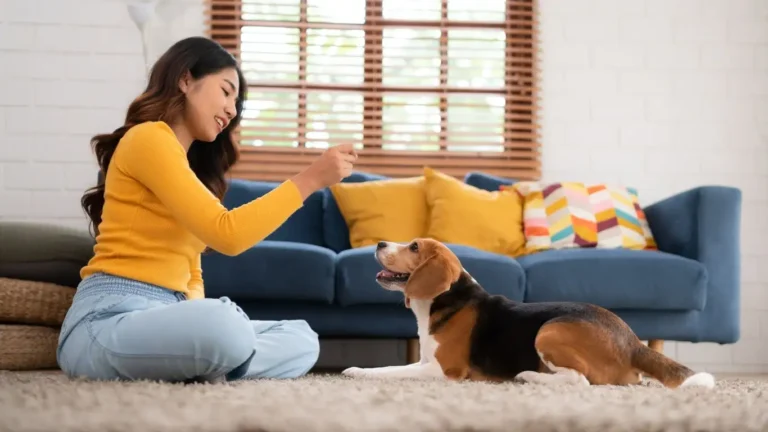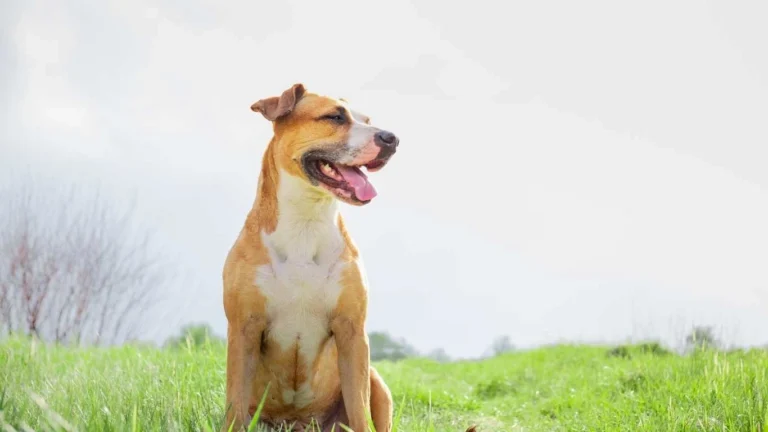How to Train a Dog to Tolerate Wearing Booties – A Step-by-Step Guide
Training a dog to tolerate wearing booties might seem like a small task, but if you’ve ever tried putting shoes on your dog, you know it’s not always as easy as it sounds. As a Certified Professional Dog Trainer, I’ve had the pleasure of helping many dogs and their owners through the process, and trust me, it can be done with patience, consistency, and the right approach. In this guide, I’m going to share some practical tips and methods that I’ve personally found to be effective in teaching dogs to wear booties comfortably. Whether it’s to protect their paws from hot pavement, ice, or even rough terrain, getting your dog to wear booties without fuss is totally achievable. Let’s dive in!
Understanding Why Dogs Are Hesitant About Wearing Booties
Before you start training your dog to tolerate wearing booties, it’s important to understand why most dogs are so hesitant about them. A dog’s paws are highly sensitive, and they’re not used to feeling something foreign on them. Many dogs may be nervous about something covering their feet because it feels strange, like an uncomfortable texture or weight. But here’s the thing: Dogs don’t have the same concept of “shoes” as humans do. To them, booties can feel like a strange, bulky object that’s limiting their natural movements. Some dogs may even feel a bit of anxiety because of this, and others might just react out of curiosity or frustration.
It’s All About Gradual Exposure
Now that you understand the challenge, let’s talk about how to approach the training process. The most successful method I’ve found, both in my personal experience and through my certification, is gradual exposure. Just like any new training process, we can’t expect our dogs to love wearing booties right off the bat. They need time to adjust. That means taking baby steps and being patient. Rushing the process could lead to resistance or even create a negative association with the booties. Here’s a breakdown of how to start the training.
Step 1: Start With Positive Associations
Before you even attempt to put the booties on your dog, it’s essential to create a positive association with them. This is all about getting your dog used to the idea of booties being around in a fun, stress-free way. Begin by simply letting your dog sniff the booties, explore them, and interact with them on their own terms. You could even place a few treats inside the booties to encourage them to touch and sniff. Make sure the experience is as positive as possible. I often suggest doing this in short, frequent sessions so your dog doesn’t become overwhelmed.
Make It a Fun Game
Dogs are more likely to respond positively to a task if they associate it with fun and rewards. For instance, I always recommend turning the process into a playful game. You can start by giving your dog a treat every time they show interest in the booties. Repetition is key here. Over time, they’ll start to see the booties as something that brings good things, not something to fear. You can also incorporate clicker training if that’s something you’re familiar with, marking the behavior you want and rewarding them immediately.
Step 2: Gradual Introduction of the Booties
Once your dog is comfortable with the sight and smell of the booties, it’s time to introduce them to their paws. This step involves putting the booties on their paws, but again, it’s important to go slowly. Start with just one bootie and gently slip it on one of your dog’s paws. Don’t force it, and keep the session short. After a few seconds, reward them with a treat and remove the bootie. The goal is to make the dog feel relaxed and happy, not trapped or anxious.
Be Mindful of the Fit
Ensuring the booties fit properly is critical. If the booties are too tight or too loose, they might cause discomfort and make your dog more resistant. As a trainer, I always make sure to check the sizing and adjust the fit accordingly. You want the booties to stay on without restricting circulation, but also be snug enough that they don’t fall off easily. Some dogs are sensitive to the fit, so it’s important to find one that doesn’t rub or irritate their paws.

Step 3: Increase the Duration Gradually
At this point, your dog is likely getting used to the feel of the bootie on their paw. Now it’s time to increase the duration that they wear it. Start by adding a few seconds to the time you leave the bootie on. Again, remember that gradual progress is key. I find that it works well to give lots of praise and treats each time you add more time. Eventually, you’ll be able to keep the bootie on for longer periods without your dog fussing.
Adding More Booties
Once your dog is comfortable with one bootie, it’s time to introduce the second, then the third, and so on. Some dogs will adapt quickly to wearing all four booties, while others may need more time to adjust. I recommend taking it slow and ensuring each new bootie is met with positive reinforcement. You might even notice your dog starting to act more confidently with all four booties on!
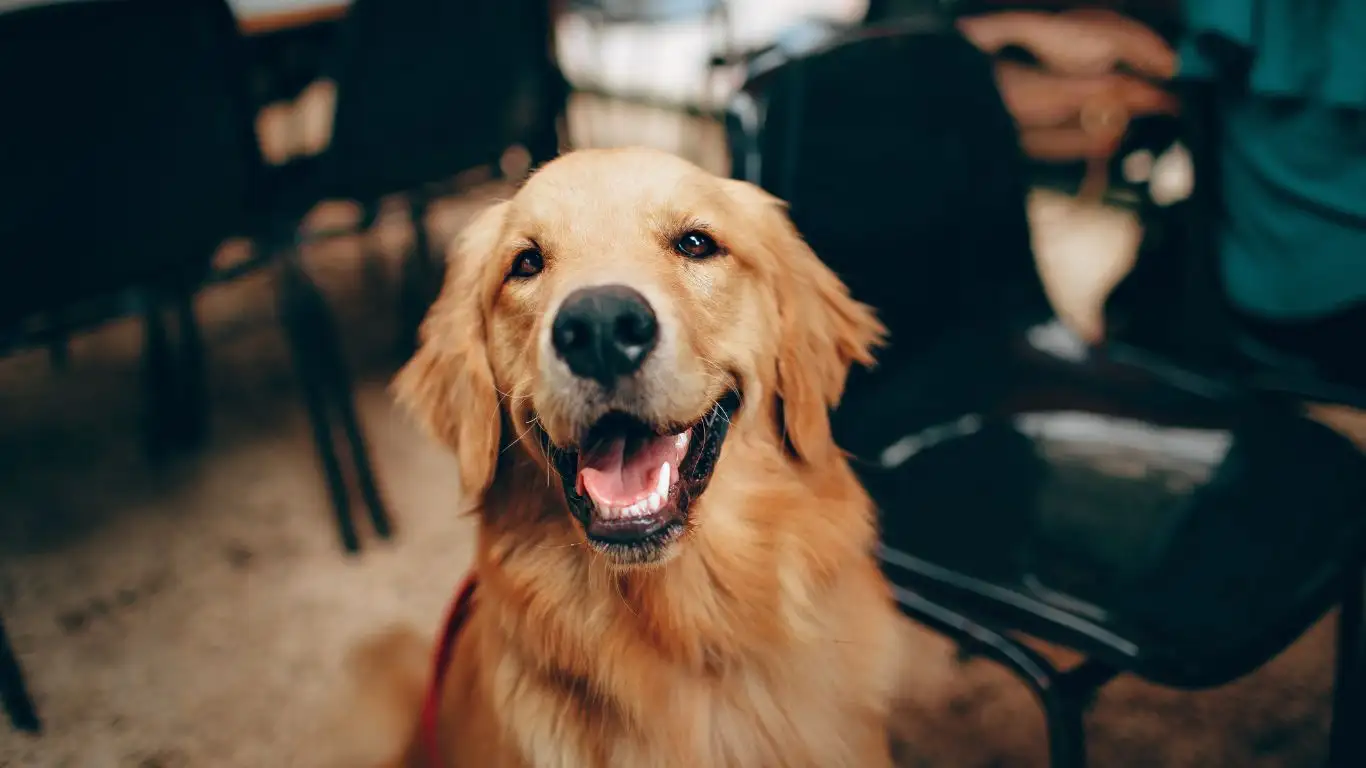
Step 4: Practice with Movement
Once your dog is okay with wearing the booties while standing still, it’s time to introduce movement. Begin by encouraging your dog to walk around inside your home or in a safe, enclosed area. Some dogs may feel a bit awkward at first, so it’s important to keep the experience as low-pressure as possible. I find that using a leash and walking with them can help build their confidence. If your dog starts walking and moving comfortably, be sure to reward them immediately!
Don’t Rush the Process
Throughout this entire training process, remember that every dog learns at their own pace. Some dogs will be natural bootie-wearers from the start, while others may take a little more time to get used to the sensation. But with consistency, patience, and a lot of positive reinforcement, your dog will get there. The key is never rushing the process and being patient with your dog’s learning journey. Don’t be discouraged if it takes a little longer than expected – your dog is learning to trust you and the new experience.
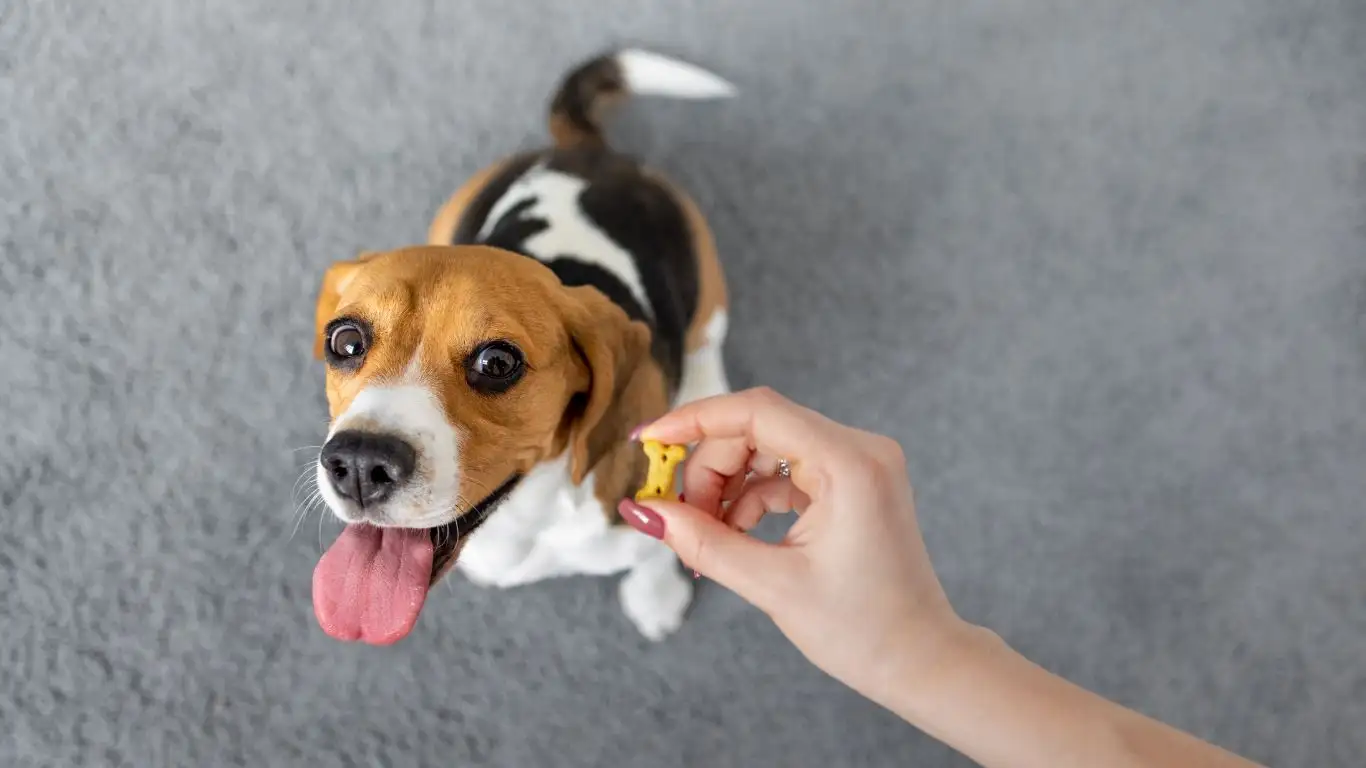
Step 5: Practice Outside and on Different Surfaces
Once your dog has become comfortable with wearing booties indoors, it’s time to take the training to the next level. Many dogs experience new challenges when they step outside with their booties on, especially if they’re not used to walking on different surfaces. Whether it’s concrete, grass, dirt, or even snow, your dog needs to get used to the feeling of walking in their booties on a variety of terrains. This is where the real work begins!
Start on Familiar Ground
I recommend beginning with familiar surfaces where your dog feels comfortable. A walk around the yard or down the block is a great place to start. You might notice that your dog hesitates at first, but this is completely normal. Just like with the indoor training, the goal is to keep the experience positive and relaxed. Allow your dog to explore their surroundings at their own pace, and don’t force them to go further than they’re comfortable with.
Introduce New Terrains Gradually
Once your dog is comfortable walking on familiar surfaces with their booties, you can slowly introduce them to more challenging terrains. Start with things like gravel, uneven pavement, or dirt paths. Over time, try to incorporate more challenging surfaces like sandy beaches or icy walkways (if that’s part of the reason you’re using booties). This helps your dog become accustomed to how the booties feel under different conditions, and they’ll start to understand that wearing the booties won’t stop them from exploring the world.
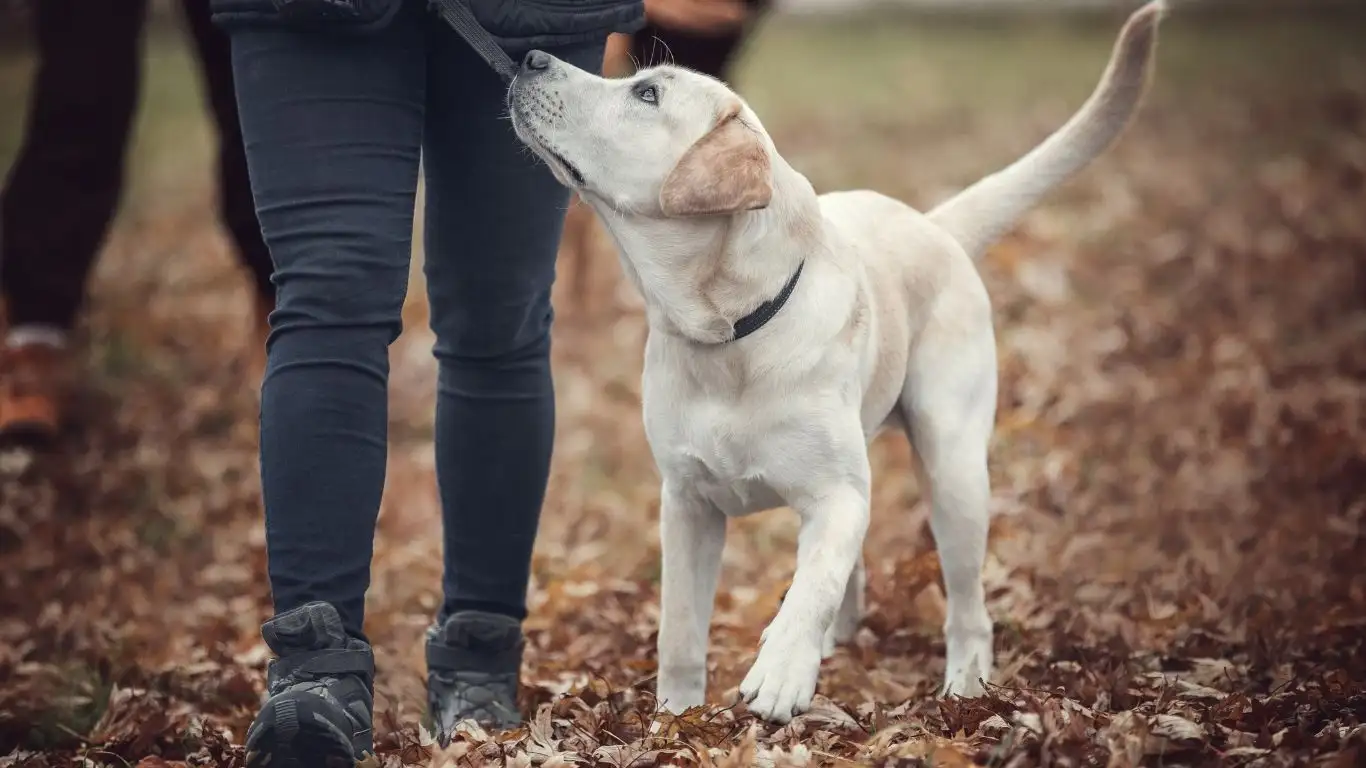
Step 6: Addressing Discomfort or Resistance
It’s not unusual for dogs to show signs of discomfort or resistance at some point during the training process, and as a trainer, it’s crucial to be prepared to handle these moments. Some dogs might experience paw irritation, while others might feel anxious or simply resist wearing the booties at all. If you notice your dog is acting unusually uncomfortable or trying to take the booties off, it’s important to stop the session immediately and assess the situation.
Check for Proper Fit
One of the first things I always do when a dog starts showing signs of discomfort is to double-check the fit of the booties. Sometimes, the booties might be too tight or too loose, which can cause friction or pressure on your dog’s paws. I always make sure that the booties fit snugly without restricting blood flow and that there’s no rubbing around the edges. If you notice any redness or sores on your dog’s paws, it’s essential to give them a break and let their paws heal before resuming training.
Give It Time
If your dog is resistant to wearing the booties, don’t be discouraged. Some dogs take longer than others to get comfortable with the idea of wearing anything on their paws. If this happens, take a step back and revisit the positive association phase. Go back to allowing your dog to sniff the booties, reward them for touching them, and gradually reintroduce them to the process. You might also want to try shorter training sessions or give your dog breaks between attempts.
Use Positive Reinforcement
Positive reinforcement is always a game-changer when training dogs, and it’s just as important when addressing resistance. Every time your dog wears their booties without fuss, offer them praise and treats. Even if they only keep them on for a few seconds, that’s progress. It’s important to celebrate those small wins because it reinforces that wearing the booties is a good thing. Just remember to be patient. If you’re persistent and maintain a calm and upbeat attitude, your dog will likely begin to tolerate the booties more and more.
Step 7: Be Consistent and Keep Sessions Short
When it comes to training a dog, consistency is key. It’s tempting to want to skip training sessions or rush the process when you see slow progress, but that will only hinder your dog’s ability to adapt. In my experience, short and frequent training sessions are far more effective than long, drawn-out ones. Dogs, especially younger ones, can get easily overwhelmed, so it’s essential to keep the sessions light and fun. Aim for a few minutes each day, but avoid forcing your dog to continue if they’re showing signs of frustration or stress.
Keep the Sessions Fun
One of my favorite tricks is to pair training with something your dog already loves, like their favorite toy or game. For example, you could start a game of fetch or tug-of-war and incorporate the booties into the game. This not only reinforces the idea that wearing the booties doesn’t stop the fun, but it also helps your dog associate the booties with positive, exciting experiences. Dogs are naturally curious and playful, so using that energy to your advantage can make the process feel less like a chore and more like an enjoyable activity.
Step 8: Incorporate Booties Into Everyday Life
Now that your dog is getting more comfortable with wearing booties, it’s time to incorporate them into everyday situations. I always recommend trying out the booties during regular walks, trips to the park, or other outdoor adventures. It’s crucial to make wearing the booties a routine part of your dog’s life, especially if they’re meant to protect their paws from specific elements like hot pavement, snow, or salt. By consistently using them in daily life, your dog will become more accustomed to having them on, and eventually, it will just be another normal part of their routine.
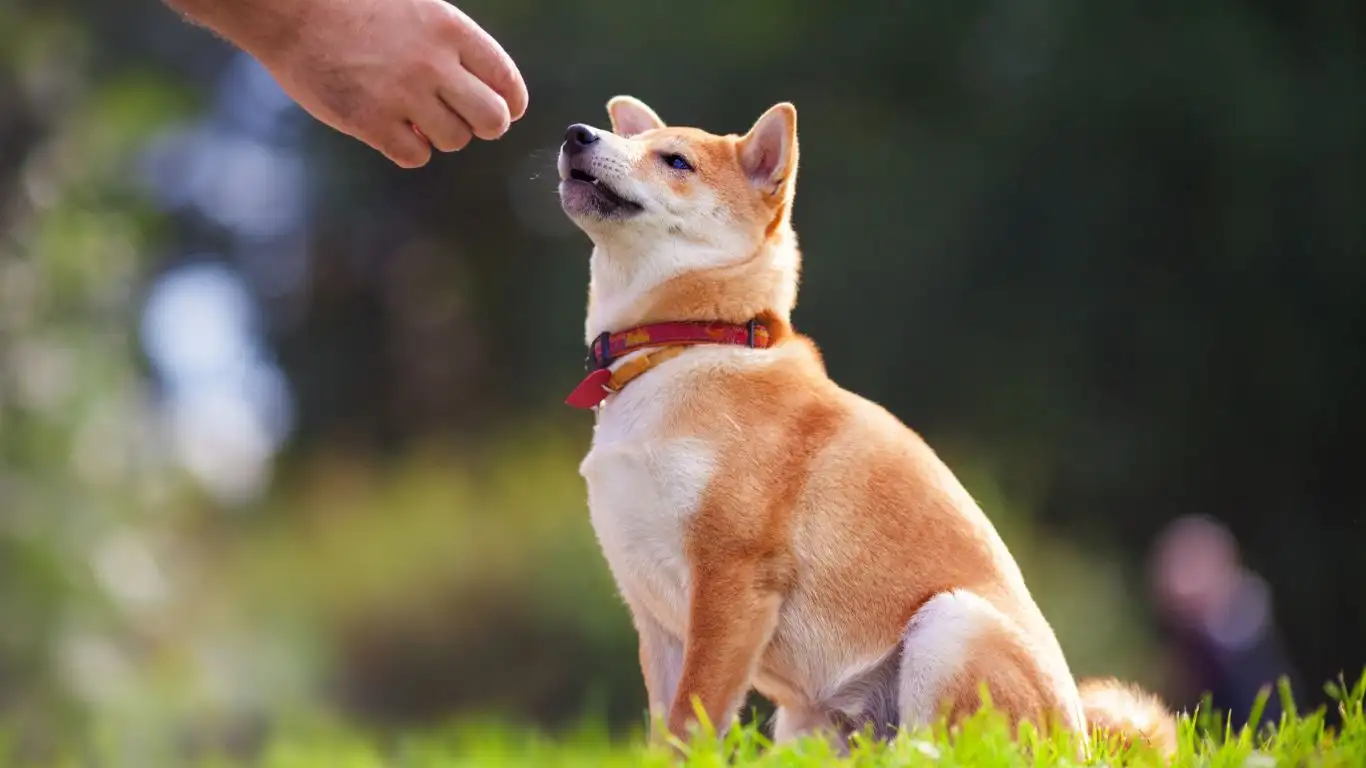
Step 9: Troubleshooting Common Issues
Even after all the positive reinforcement and gradual exposure, you may still encounter some common challenges when training your dog to wear booties. It’s important to stay calm and be prepared for setbacks along the way. Below are a few common issues that arise, along with tips for overcoming them:
- Booties Keep Falling Off: If the booties keep slipping off, you may need to adjust the size or choose a different style that stays on more securely. Some booties have adjustable straps or Velcro to ensure a better fit.
- Dog Tries to Take Them Off: If your dog is constantly trying to remove the booties, distract them with a toy or treat. You can also try placing them on only one paw at a time to reduce the initial discomfort.
- Dog Won’t Walk in Them: This is a common issue. If your dog seems hesitant to walk, start by encouraging them with treats and gentle praise. Practice indoors and use a leash to guide them if necessary. Be patient – it may take time for your dog to become comfortable walking with the booties on.
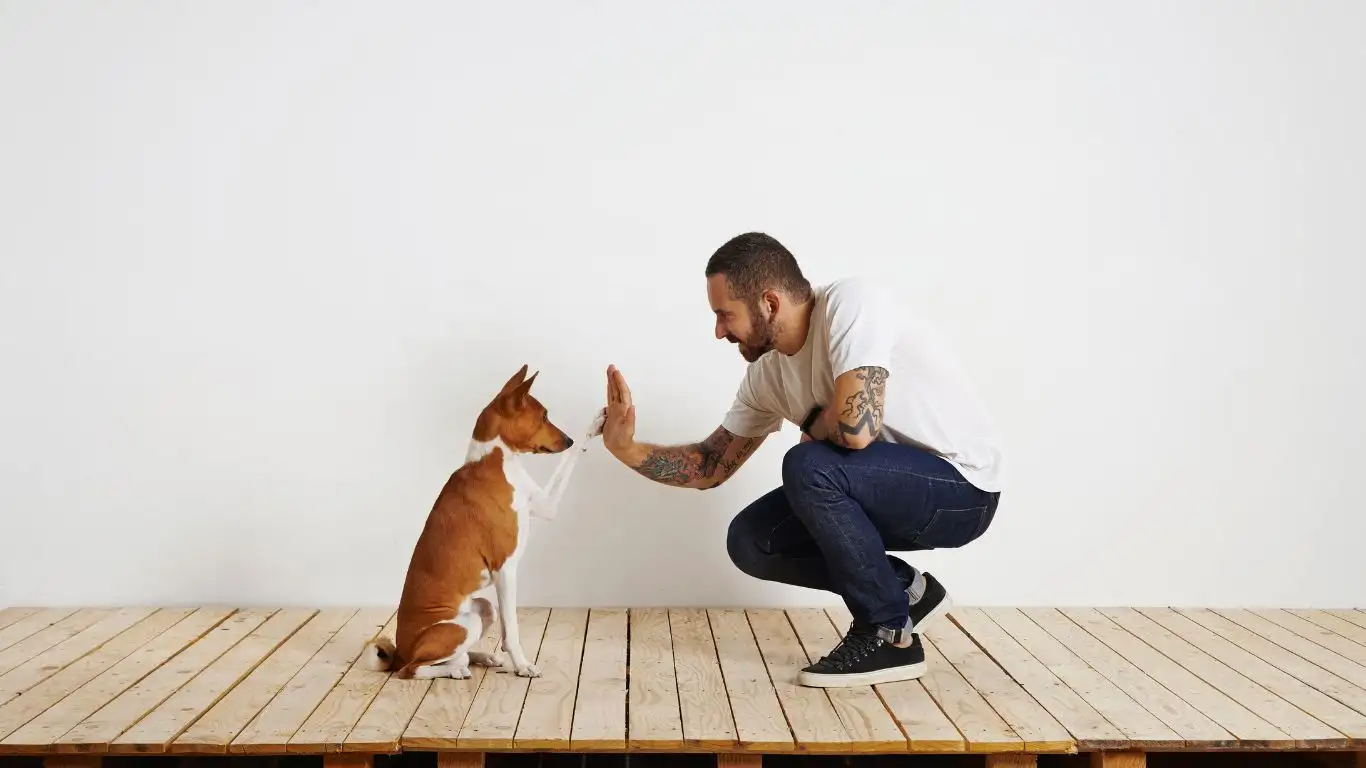
Step 10: Maintain Regular Training to Prevent Setbacks
Now that your dog has become accustomed to wearing booties in a variety of situations, it’s important to continue practicing regularly. Just like any behavior, consistency is crucial in ensuring your dog’s continued comfort with their booties. In my experience, I’ve seen that dogs can sometimes backslide if they haven’t worn the booties in a while. This can happen if they’re not exposed to new surfaces or different environments. Keeping up with short, regular sessions helps reinforce the idea that booties are a normal part of their routine.
Keep the Experience Fun
Even after your dog has mastered wearing booties, I suggest continuing to make the experience enjoyable. Dogs thrive on positive reinforcement, and the more you integrate bootie-wearing into fun and positive activities, the more likely your dog will remain comfortable. I’ve found that pairing booties with activities your dog already loves—like hiking, playing fetch, or going on adventures—can make booties seem like part of the fun rather than a chore. The more enjoyable you make it, the less likely your dog will resist when it’s time to wear them.
Step 11: Keep Your Dog’s Paws Healthy
While booties are a fantastic tool for protecting your dog’s paws, it’s important to also take care of their paws in general. Keeping your dog’s feet healthy will help ensure that they’re comfortable when wearing their booties. As a dog trainer, I’ve worked with many pet owners who noticed that their dogs were reluctant to wear booties because they were dealing with irritated paws or even minor injuries. Regularly inspecting and caring for your dog’s paws can make a huge difference in their willingness to wear their booties.
Paw Care Tips
- Regularly Check for Injury: Check your dog’s paws after each walk or adventure to make sure there are no cuts, bruises, or foreign objects like rocks stuck in their pads. Keeping their paws healthy will reduce discomfort when they wear booties.
- Moisturize Their Pads: Dogs’ paw pads can dry out and crack, especially during colder months or if they’re frequently walking on rough terrain. Using a paw balm or moisturizer can help keep their pads soft and hydrated.
- Keep Their Nails Trimmed: Long nails can make it harder for your dog to wear booties comfortably, as they could press against the inside of the bootie. Regular nail trims help your dog’s paws stay in good shape.
- Maintain a Clean Environment: After walks, always clean your dog’s paws to remove dirt, sand, salt, or chemicals they may have picked up. This will help prevent irritation when wearing booties.
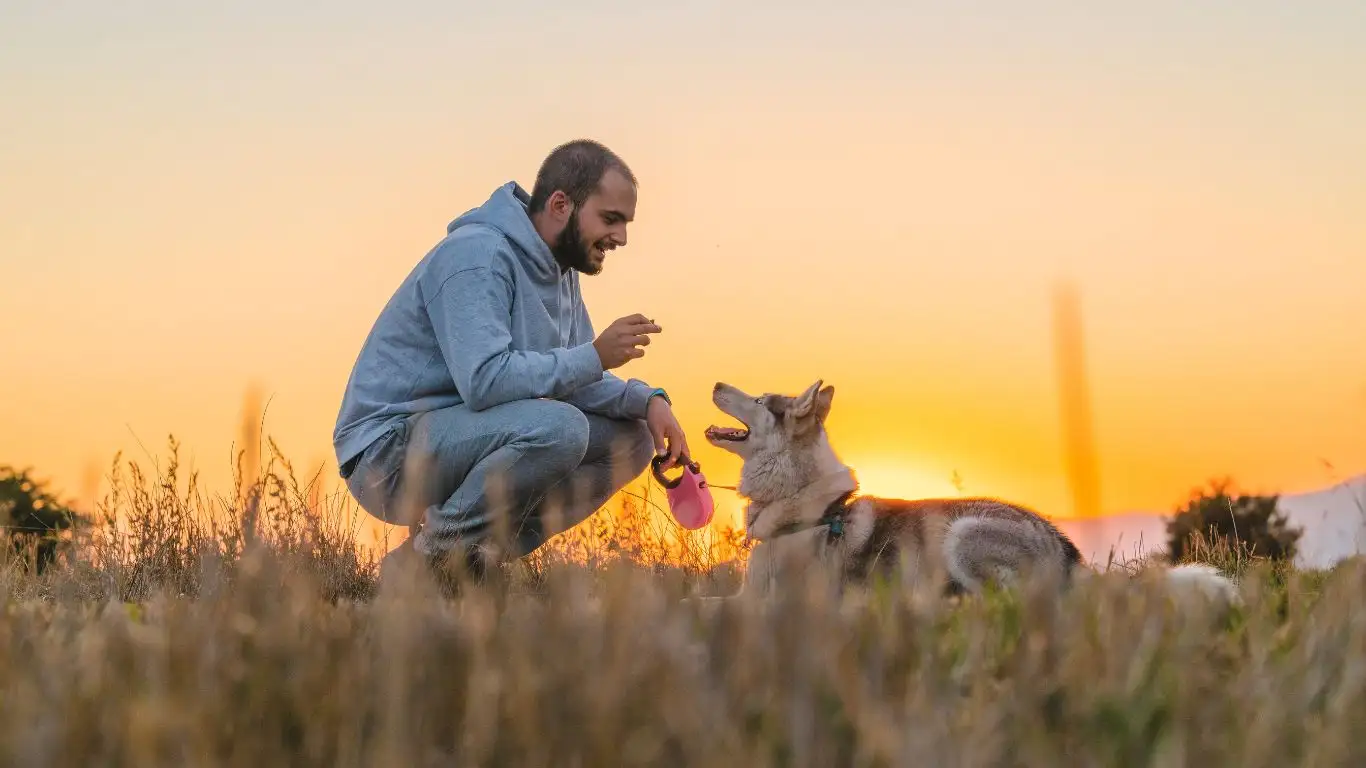
Step 12: Troubleshooting More Challenges
It’s not uncommon for new issues to arise once your dog is accustomed to their booties. If you’ve followed all the previous steps and are still encountering challenges, it’s important to troubleshoot and adjust your approach. Don’t feel discouraged if things don’t go perfectly right away; there are often easy fixes. Below are a few more common challenges and tips on how to address them:
Dog is Too Sensitive to the Booties
Some dogs are naturally more sensitive to touch and might be particularly sensitive to the feeling of booties on their paws. If your dog is constantly shaking their legs or acting very uncomfortable, you might want to try different materials. Some booties are made of softer, more flexible fabrics that might be more comfortable for sensitive dogs. You can also try warming up the booties by rubbing them with your hands before putting them on, as cold booties might feel more uncomfortable for some dogs.
Dog Continues to Remove the Booties
If your dog is constantly pulling off their booties, try using booties with a better grip or ones that have Velcro straps. A snug fit will make it harder for your dog to remove them. In my experience, some dogs will also try to remove their booties as a way of seeking attention. If that’s the case, try to avoid making a big deal out of it. Keep calm and encourage your dog to leave them on by distracting them with treats or toys.
Step 13: Understand the Benefits of Booties Beyond Comfort
Training your dog to wear booties not only protects their paws, but it also offers a variety of other benefits that you may not have initially considered. As someone who works closely with dogs and their owners, I’ve seen how booties can improve the quality of life for many dogs in unexpected ways. Here are a few of the key benefits:
Protection from Extreme Weather
In hot weather, pavements and asphalt can become scorching and potentially burn your dog’s paws. Booties act as a barrier between their delicate paws and the hot ground. On the flip side, in cold weather, booties are essential for protecting against the dangers of ice, snow, and salt. Cold pavement can cause frostbite, and the salt used to melt ice can irritate your dog’s paws. By training your dog to wear booties, you’re helping to keep them safe from these environmental hazards.
Preventing Injuries from Rough Terrain
If your dog loves hiking or walking on rough terrain, booties can help prevent injuries from sharp rocks, thorns, or even rough gravel. I’ve worked with many dog owners who use booties to ensure their dogs’ paws stay protected on long hikes, and it really makes a difference in their dogs’ comfort and safety.
Allergy Relief
Some dogs suffer from seasonal allergies, and certain allergens, like pollen or dust, can irritate their paws. Booties can help keep these allergens from coming into direct contact with their paws. This is especially helpful if you live in an area where pollen or other allergens are prevalent.
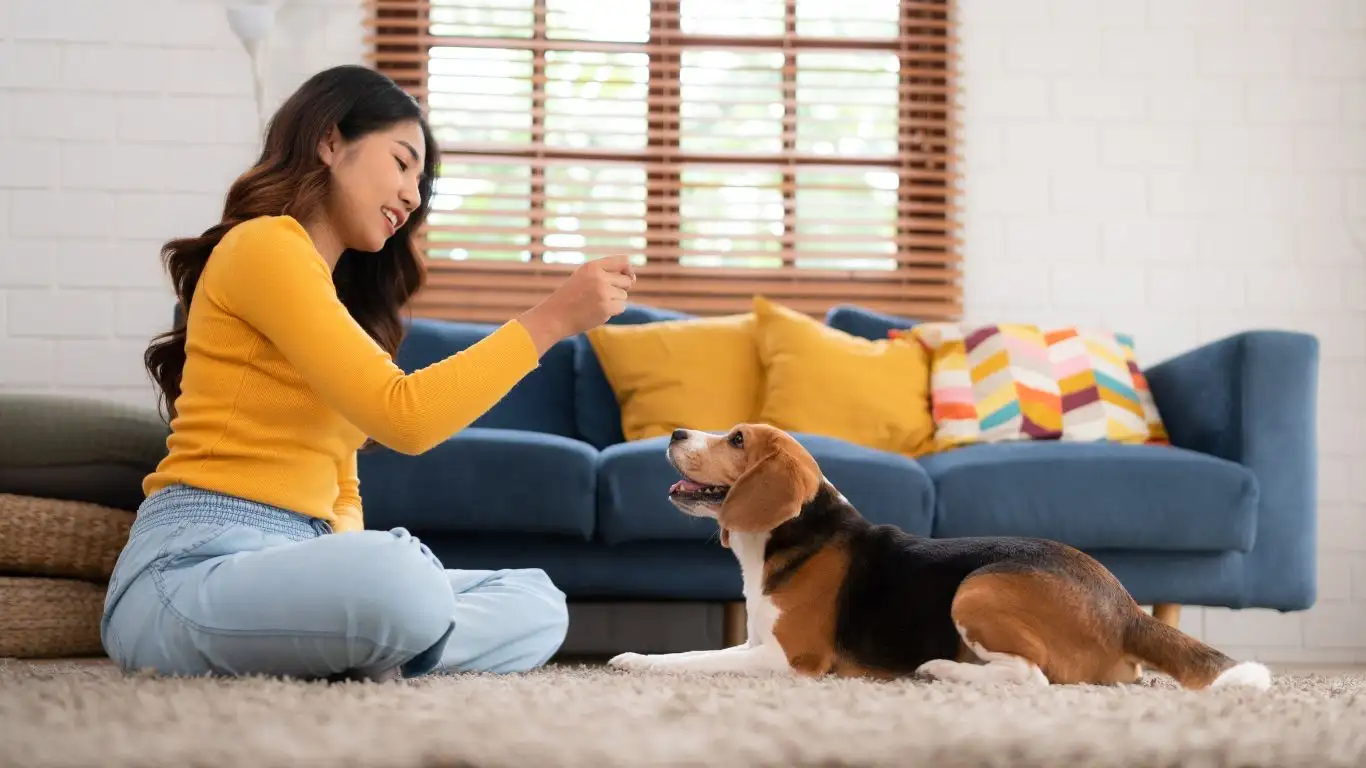
References
For more helpful tips on dog training and paw care, check out our other resources:
- PawPatron Dog Training Resources
- Booties for Dogs: Choosing the Right Pair
- Complete Guide to Dog Paw Care
For any specific concerns or personalized advice on dog training, don’t hesitate to reach out to a certified professional dog trainer. It’s always beneficial to have someone with experience on your team, especially for challenging training scenarios.
Disclaimer
While the methods outlined in this article are based on professional dog training experience, every dog is unique. Some dogs may require additional training or may need different approaches, depending on their temperament or health. Always consult with a professional dog trainer or veterinarian if you’re unsure about the best approach for your dog’s specific needs. PawPatron is committed to providing helpful information, but we do not replace the advice of a licensed veterinarian or certified trainer.


